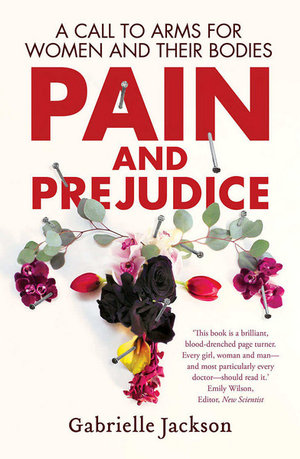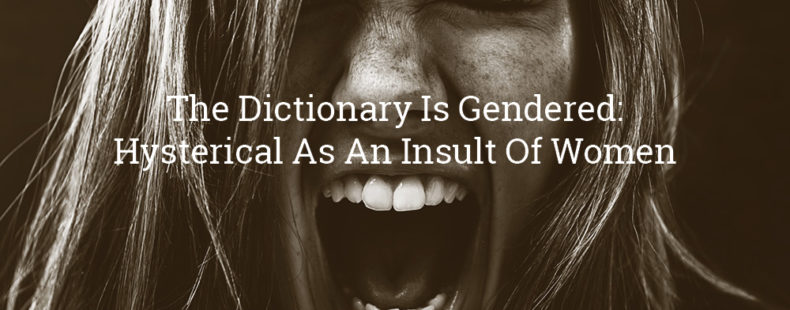As mentioned in a previous post, I am trying to see as much theatre as I can, dependent on my other commitments, and I shall try to report back (in chronological order of viewing).
- Animal Farm - shake & stir theatre co., The Playhouse, Canberra Theatre Centre: This is an absolutely fantastic interpretation of one of my favourite novels. People are falling over themselves to draw parallels between the Trump administration and the propaganda within the play - but it remains as firmly rooted as ever in Orwell's concerns about communist doublespeak. The ensemble of actors portray all the anthropomorphosised animals with excellent gestures and expressionism, maintaining an outstanding physicality throughout. The set is bleak and brilliant in equal measure. Lighting and sound blend artfully into the overall presentation and despite the grim truths of the production, there are still laugh-out-loud moments - the hen rebellion is dealt with humour until it suddenly isn't, and the transformation of beasts into men and back again is wry and poignant. A teacher of year eights (13-14) said her class went to see it and were disappointed that it didn't feature real animals. I never thought I'd say this, but sometimes theatre is wasted on the young.
- Don Juan - A Slightly Isolated Dog, Bicentennial Hall, Queanbeyan: Pretending to be a famous French theatre troupe - 'We are very famous' 'And very French' gives this Kiwi ensemble of five actors the perfect opportunity to have fun with flamboyant stereotypes and outrageous accents. Theirs is a modern and collaborative approach and they encourage photos, which they then later share through their social media channels - direct marketing for the non-traditional theatre goers. Through a mixture of audience interaction (nothing confronting), song, dance, visual interpretations (a boat tossed on a stormy sea is a cardboard box on a tarpaulin, shaken about by the audience), and a voice distortion box, we learn a different side to Don Juan from any we had previously known. It is engaging and great fun for a cold mid-week night, reminding us why we need to get back into performance spaces.
- A German Life - The Gordon Frost Organisation, The Playhouse, Canberra Theatre Centre: Robyn Nevin delivers this fantastic script by Christopher Hampton as if she were born to play this role. Brunhilde Pomsel is an unassuming woman with good shorthand skills who, almost by chance, came to work in Joseph Goebbels' Propaganda Ministry. She survived the war and its aftermath (after five years in prison) and now, near the end of her life and in a nursing home, she recounts what she recalls of those days. The sparsely furnished room for an elderly resident throws up echoes of incarceration while projections of Nazi rallies, mass evacuations, ruined cities and concentration camps, are starkly presented in black and white on the walls for all to see. It is disturbingly intimate and asks us to question how much we think she knew (every time she denies knowledge, she stumbles over her words or questions her receding memory) and what would we honestly do in her situation. Neil Armfield directs one woman to capture our attention throughout the running time, and the play raises many questions about personal responsibility, communal culpability and the veracity of memory. She opines, "Nowadays, I don’t think people would be stupid enough to fall for the kind of nonsense we fell for. All that hot air, I don’t think you can get that past people anymore.” Well, the audience all felt uncomfortable at that moment - apart from the smug ones who missed the point.
- Jekyll & Hyde - A Slightly Isolated Dog, Bicentennial Hall, Queanbeyan: And we're back for more from A Slightly Isolated Dog who bring their seemingly chaotic but totally controlled performance style to the story of Jekyll and Hyde. All of the ensemble get a go at being the man with a dark side within ('but he pushes it down') donning a wig and glasses to play the evil alter-ego, but their physicality is more important than their props and they literally embody character acting. The sound and lighting production is excellent and the timing is superb - it takes a lot of hard work to make something look this effortless, and they are a joy to watch. Both this and the previous offering are conducted in traverse staging, drawing the audience into the unfolding drama in a non-confrontational manner; the performances are short and leave the audience laughing and wanting more - they are a triumph.
- Little Girls Alone in the Woods - Canberra Youth Theatre, Courtyard Studio, Canberra Theatre Centre: The Bacchae by Euripides is an ancient Greek drama which has captured imaginations for years, and lent itself to many interpretations as playwrights, authors, composers and directors seek to assign meaning and moral to a tale of violence, cynicism, divination and control. Among others Joe Orton, Caryl Churchill, Ingmar Bergman, Brian De Palma, Wole Soyinka, Friedrich Nietzsche, Gustav Holst, Thomas Mann and Henrik Ibsen have pondered the dichotomy between protection and imprisonment. Morgan Rose views the cult and legend of Dionysus through a feminist lens as her play suggests that young women are disappearing into the wilds of the woods to cavort and rebel against the confines of the patriarchy. Luke Rogers directs this version with a large cast of varying ability, and he is adept at playing to their strengths. Some of the ensemble work is excellent as the actors work together with both movement and voice, but when they try to stand out and compete against each other, it becomes discordant and incomprehensible. Whether they are lounging about in a study group preparing for exams and completing assignments on their laptops, or play fighting in pyjamas with pillows, they portray the messiness of youth that some adults try to streamline and corral. Change, transition, adolescence, questions and exploration can be uncomfortable for those who want to control, such as the police force who issue tagging bracelets that all females must wear for their own safety, to prevent them from going astray. The staging is bold with a man-made metal cage-like structure hinting of capture and confinement from a prison to a zoo, and as the action spills off the set into the audience space it suggests that our wilderness could either be part of the problem or a solution. Sound and lights are incorporated well to highlight some of the more confrontational aspects of isolation and power imbalance, although the musical ending doesn't pack the punch that perhaps it hoped it would. In general, this is a highly promising piece of work that delivers a deliberate sense of unease.






